For female veterans in Congress, it's a small club
Published in Political News
WASHINGTON — When Rep. Chrissy Houlahan sits down to question witnesses at a House Armed Services Committee hearing, it can feel like a time machine back to her own military service.
For one thing, the officers seated across from her are often mostly male.
“When you’re sitting across from a row of general officers, and the vast majority of them are men, and the person behind them is a woman, that was kind of what it was like 30 years ago,” the Pennsylvania Democrat said.
At a tense moment for women in the military, Houlahan is part of a small yet growing group of female members of Congress who are also veterans. The two roles have some things in common.
“When I was standing watch at the National Military Command Center, you didn’t get to choose the person sitting to your left and your right. You figure out how to make it work with them,” said freshman Rep. Maggie Goodlander, D-N.H.
Military service has shaped Congress since its inception, but things look a little different now. Of the nearly 100 veterans in the 119th Congress, nine are women. Two of those are in the Senate — Sens. Joni Ernst, R-Iowa, and Tammy Duckworth, D-Ill. — with the others in the House.
It may be a small club, but that’s the most female veterans to ever serve in Congress at one time. In the years since 2000, just 13 female lawmakers overall have identified themselves that way, according to data collected by CQ Roll Call.
Some predict those numbers will continue to rise in the midterm election, even if at least one familiar face in the House won’t be returning — Democratic Rep. Mikie Sherrill won her bid for New Jersey governor last week, with her military record front and center in her campaign.
Sherrill was a pilot in the Navy, much like Virginia Republican Rep. Jen Kiggans. That isn’t a coincidence, said Duckworth, a former helicopter pilot herself.
“Somebody asked me not too long ago, how come there’s so many female helicopter pilots running for office?” Duckworth said. “The first combat job open to women was flying.”
Candidates this cycle include retired Marine JoAnna Mendoza, a Democrat who is hoping to unseat Rep. Juan Ciscomani in Arizona’s 6th District, and Air Force veteran Alea Nadeem, a Republican challenging Rep. Marcy Kaptur in Ohio’s 9th.
“The women are just doing what the men have been doing for years, which is, they go to war, they go to combat and then they run for office,” Duckworth said.
Finding a place
That pipeline became clearer a decade ago when the Obama administration officially opened all combat roles to women. Nationally, about 11% of living veterans are now female, according to the Veterans Affairs Department, along with 17.7% of active-duty service members as of 2023.
But Duckworth and others worry this path to public service could be under threat as Defense Secretary Pete Hegseth aims to reshape military culture, rooting out diversity initiatives and voicing concerns about women in combat roles. His goals, he has said, include countering “wokeness,” measuring physical fitness by “the highest male standard” and restoring a “warrior ethos” to the ranks.
Some of her young constituents applying for service academies have asked how they can find a place in the military where they will be respected, Goodlander said.
“We have never seen this kind of person at the helm of the Department of Defense, a person who really does not respect, who has shown it consistently, the role of women in the United States Armed Forces,” she said.
For her part, Rep. Anna Paulina Luna said she supports Hegseth’s views about women in combat.
“There are just certain roles that women are great at, but there are certain roles that I would say women should not be in,” said the Florida Republican, who describes enlisting in the Air Force as the “greatest decision that I ever could have made at such a young age.”
Houlahan said she’s looked for ways to amplify her voice and show what women contribute, including through the bipartisan Servicewomen and Women Veterans Caucus, which she co-founded in 2019.
“This should not be controversial. And at the same time, people are sort of afraid to poke their heads up and recognize that we should be talking about women who serve,” she said.
As a freshman, she found a “posse” of other female newcomers with national security backgrounds, including Abigail Spanberger, the former Democratic House member and CIA intelligence officer who was just elected governor of Virginia. And Houlahan also sits on the coveted House Armed Services panel, along with Kiggans, Goodlander and Sherrill.
Luna, who is not on the committee, said she’d like to see more veterans like herself get a seat. Of the 57 committee members, 29 are veterans.
“How would you explain to a neurosurgeon how to perform brain surgery if you’re not a brain surgeon yourself?” she said.
Meanwhile, two female veterans sit on the House Veterans’ Affairs Committee: Kiggans and Rep. Mariannette Miller-Meeks, R-Iowa.
The way Houlahan sees it, having women in the room can lead to tough but necessary conversations.
In 2023, about 45% of female veterans were enrolled in VA health care, according to the Veterans Affairs Department, compared with 50.5% of male veterans. Houlahan knows this firsthand.
“I never really thought the VA was for me. I don’t talk about myself, aside from in these environments, really, as a veteran. I don’t move through the world kind of as that. Whenever I ask for a veteran discount, they say, did my husband serve? And I was like, no, it’s me,” she said.
Gender aside, she said hierarchies still exist.
“I feel like my service was not as impactful as my dad and my grandfather because I’m an engineer and they’re ... pilot(s), so there’s hierarchical stuff there,” she said. “But any time somebody puts on a uniform for any amount of time, we need to honor them ... and that’s something I have to tell myself too.”
Not one-size-fits-all
Progress has been made in recent years, some female lawmakers said.
On the problem of sexual assault in the military, for example, they point to a change folded into the fiscal 2022 National Defense Authorization Act that moved prosecution outside a service member’s chain of command, something advocates had long requested.
They hope that will help victims who fear coming forward. More than 29,000 active-duty personnel, both women and men, experienced sexual assault in fiscal 2023, according to the military’s prevalence estimates that year, but only about 25% reported it. Those numbers represent an improvement from 2021, but some independent studies suggest the problem could be even more widespread.
The issue was a sticking point during Hegseth’s confirmation. “It will demand time and attention from the Pentagon under your watch,” Ernst said during January’s hearing, calling sexual assault “tragic and life altering” and saying all service members should be “treated with dignity and respect.”
The Iowa Republican, who has spoken out about being a survivor of sexual assault herself, was considered a pivotal swing vote on Hegseth, also grilling him on his views on women in combat. But ultimately she joined 49 other Senate Republicans in endorsing his vision for the Pentagon, enough to install him in the job thanks to a tie-breaking vote by Vice President JD Vance.
More work now remains to be done, Goodlander said.
“If we can’t promise the basic physical safety of service members, if we make any kind of suggestion that sexual violence or sexual assault is an incident of military service, I can’t think of a bigger disincentive to join an organization,” she said, referring to what’s known as the Feres doctrine, which has long blocked military personnel from suing over wrongful injury or death that may occur “incident to service.”
Luna said she wants to see improvements in women’s health care in the VA, especially faster onboarding of female physicians who are equipped to deal with the needs of female veterans.
Health in the military is not one-size-fits-all, several agreed. Houlahan has called for more research in that vein, and a proposal championed by her and Ernst, among others, landed in the Senate version of the pending NDAA. It would direct the defense and veterans affairs secretaries to study how military service affects menopause.
“It’s different to be a woman, and we owe ourselves to research that and understand it,” Houlahan said.
_____
(Nick Eskow contributed to this report.)
©2025 CQ-Roll Call, Inc., All Rights Reserved. Visit cqrollcall.com. Distributed by Tribune Content Agency, LLC.
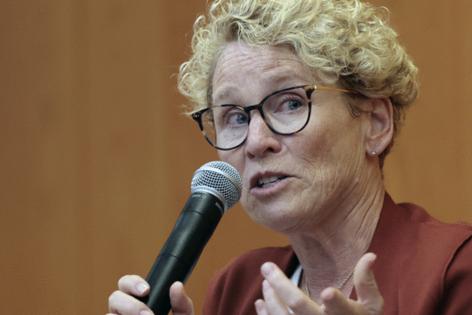






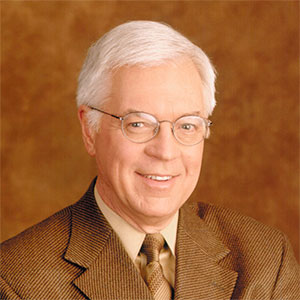
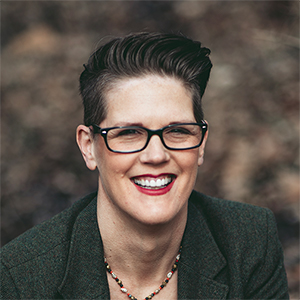









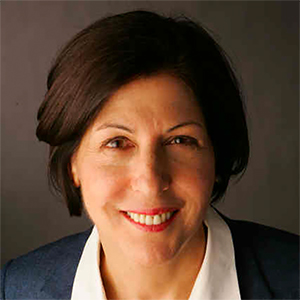




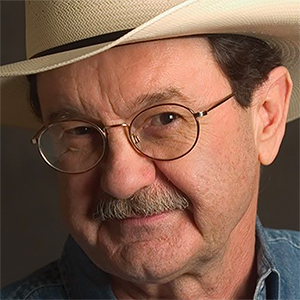


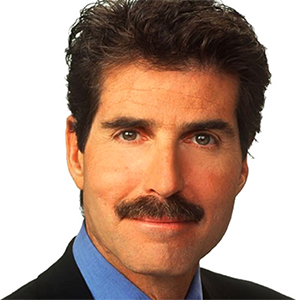

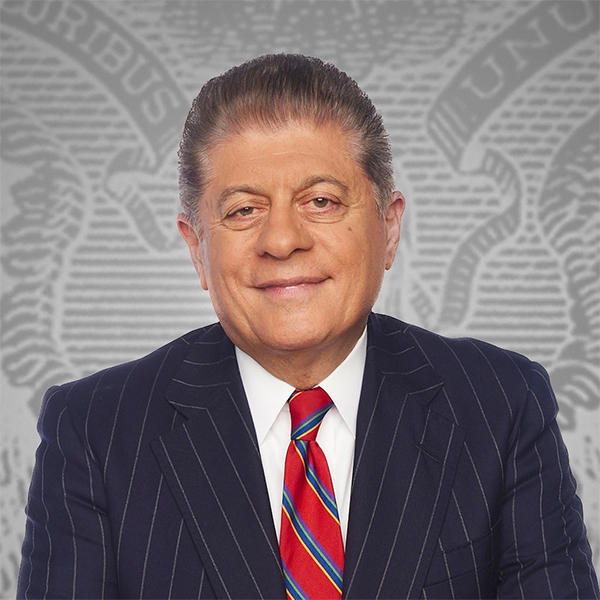



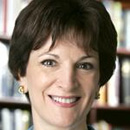
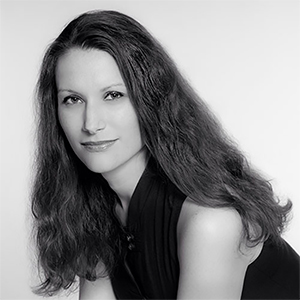



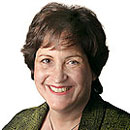
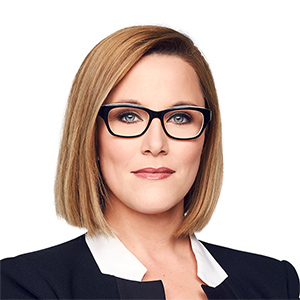


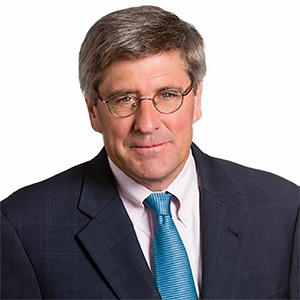











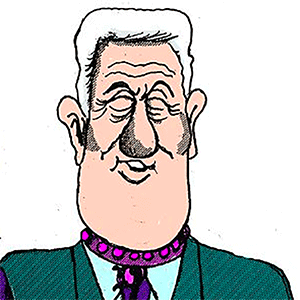


Comments